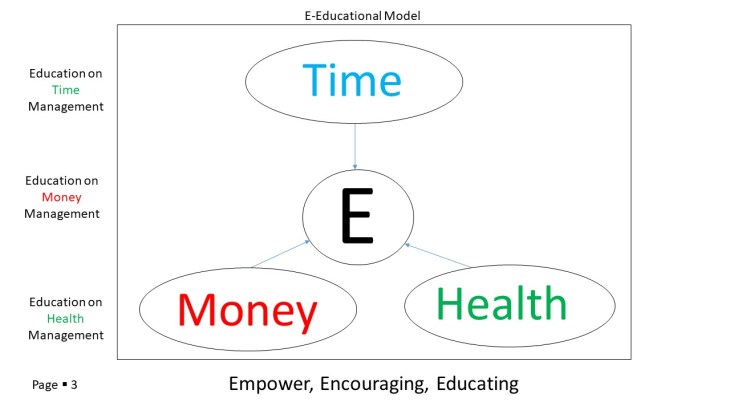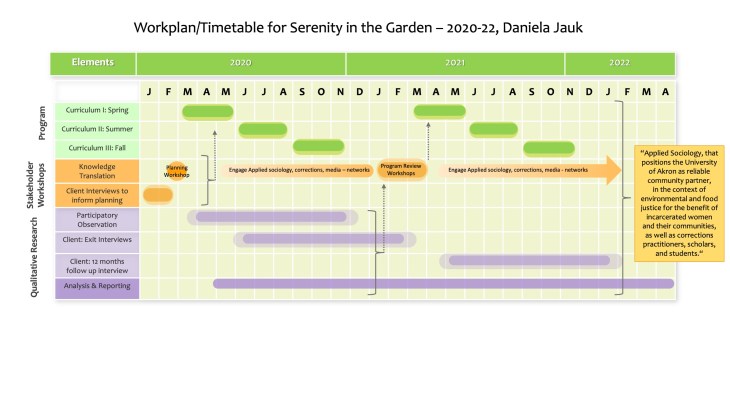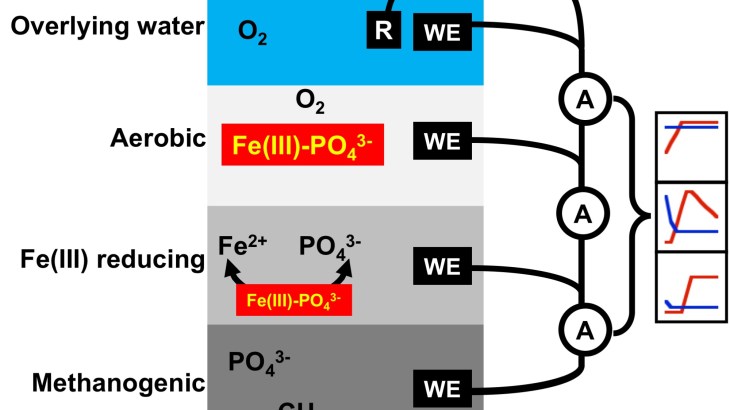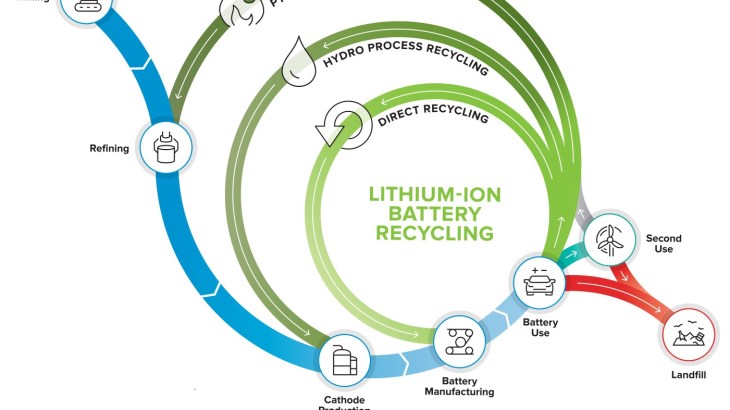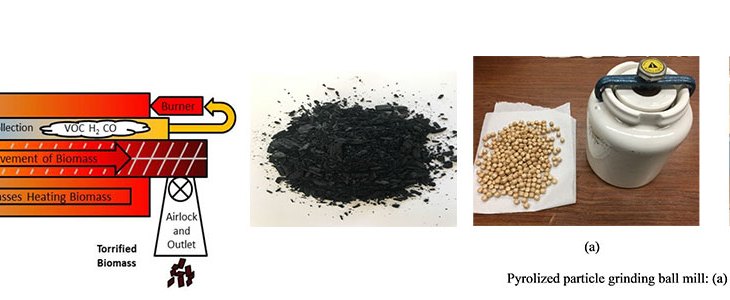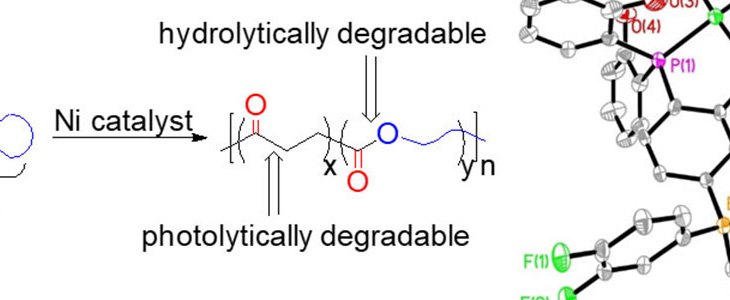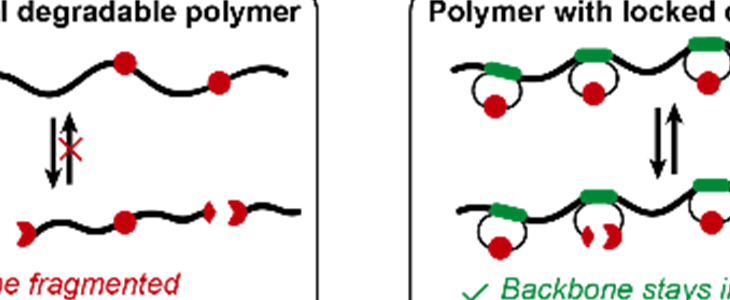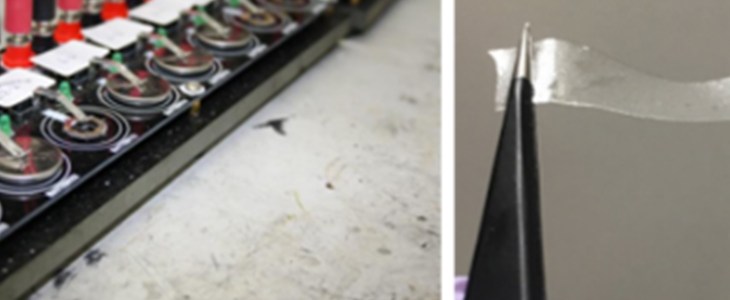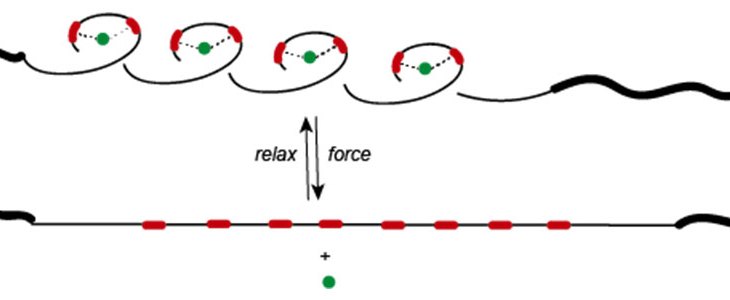
Composite materials are commonly employed in modern aircraft structures and in many aerospace applications like engine casing, fan-blades, etc. This is attributed to their high strength-weight ratio and high stiffness-weight ratio, making composites extremely light, yet exceptionally strong. However, the use of composites makes them susceptible to damage, which could result in complex failure mechanisms like delamination, matrix cracking, fiber debonding, fiber fracture, etc.
